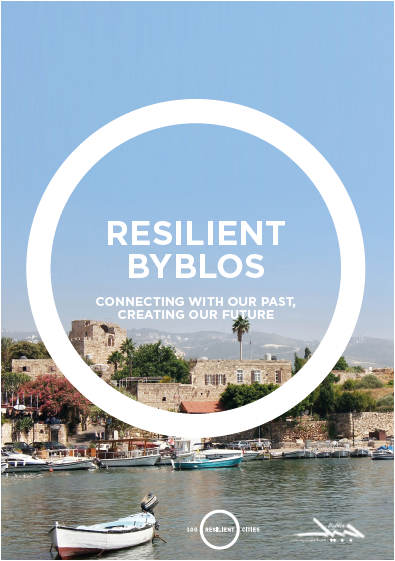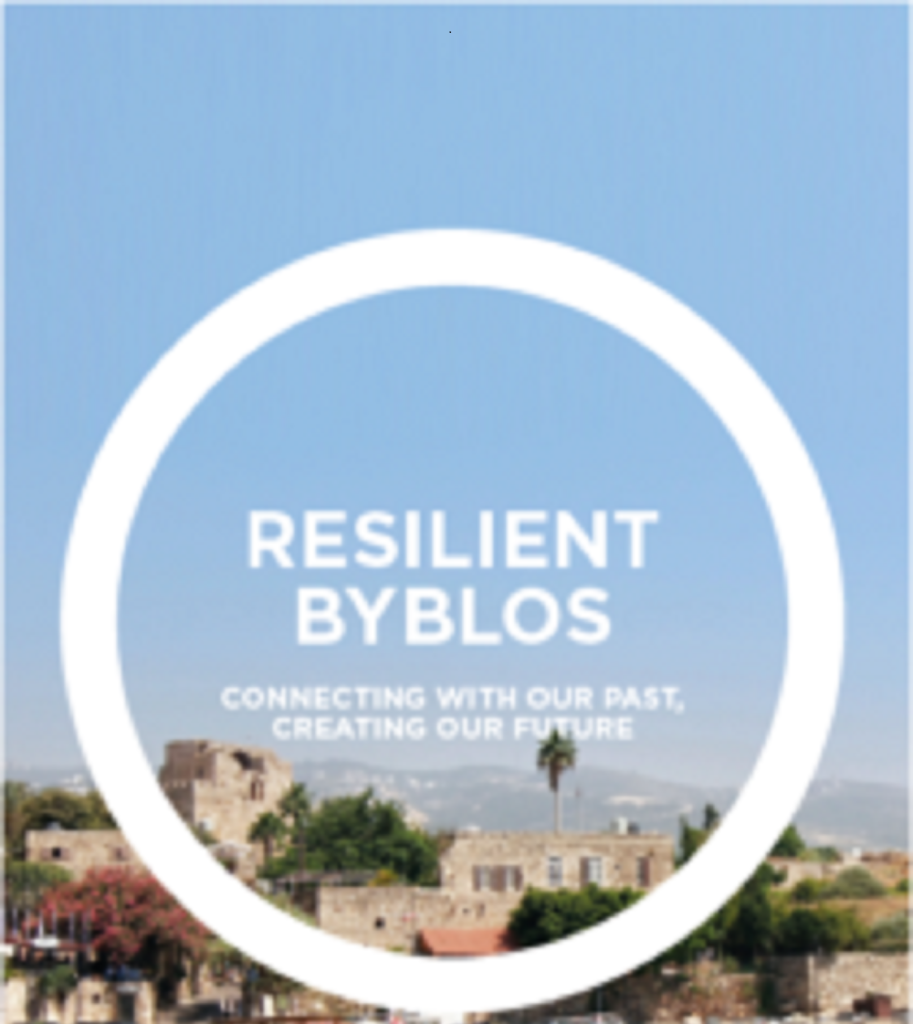April has been an exciting month for Resilience. The first resilience strategies for the Middle East (Byblos, Lebanon) and Europe (Vejle, Denmark) were released – well done, Byblos, Vejle, and Arup! There were also very interesting updates from other cities on the journey: New York published its first resilience progress report, and Pittsburgh’s Chief Resilience Officer (CRO), Grant Ervin, gave an excellent webinar on his city’s approach and achievements. What’s great is that all these resources are accessible for free online.

As I mentioned in this post, Resilience is here to stay, and it will be up to cities to figure out what it means to them. For the cities that are still contemplating this topic or just about to begin their journey, there is a lot that can be learnt from others. While I’m still catching up with everything going on, here are some reflections on aspects that struck me about the Byblos and Pittsburgh experiences.
It’s OK to be vulnerable: one of my favorite things about Byblos’s strategy is that it clearly sets out the city’s challenges upfront. In the context of the Middle East, where the prevalent attitude is pretending everything is perfect, this was particularly brave. Resilience is about identifying and managing physical, social, and economic risks – the first step to that is acknowledging a city’s vulnerability.
Resilience and Sustainability together: an interesting question was put to Pittsburgh’s CRO – how is the city managing the messages of sustainability and resilience? Does having both these messages create conflict or confusion? The answer was insightful. Ervin stressed that both sustainability and resilience are part of the city’s strategy. These are seen as two distinct concepts which must be achieved in tandem. To do this, the city created a “department of innovation and performance,” which includes sustainability and a resilience team. This department functions as a service arm to all other departments (e.g., planning, water management…etc.), enabling it to influence the whole city.
Remember the basics: while concepts like ‘smart city’ and ‘creative city’ have their place, resilience is just as much about securing the basics – clean air and water, for example. As a classic ‘post-industrial’ city, Pittsburgh is aware of the air quality and water challenges it faces and has devoted two of its four strategic pillars to these topics. Similarly, the Byblos strategy addresses wastewater treatment and surface water quality in the city.
Involve the wider community: resilience is not something one or two departments or authorities can achieve on their own. Given its broad scope and ambitious goals, it requires input and action from the entire community, including the private sector, students and academics, and NGOs. The Byblos strategy outlines very specific actions to achieve its identified goals and assigns those to a wide range of stakeholders. In response to one of the questions during the Pittsburgh webinar, Ervin rattled off a dozen or so initiatives developed specifically to engage university students with the city’s resilience journey.
Neither Byblos nor Pittsburgh are the first names that come to mind when discussing sustainable or innovative cities. Still, they have both recently demonstrated their commitment to resilience and will be interesting examples to watch and learn from in the coming years.
By the way, April also saw thegreenurbanista.com turn one…thank you for your readership, support, and engagement <3

